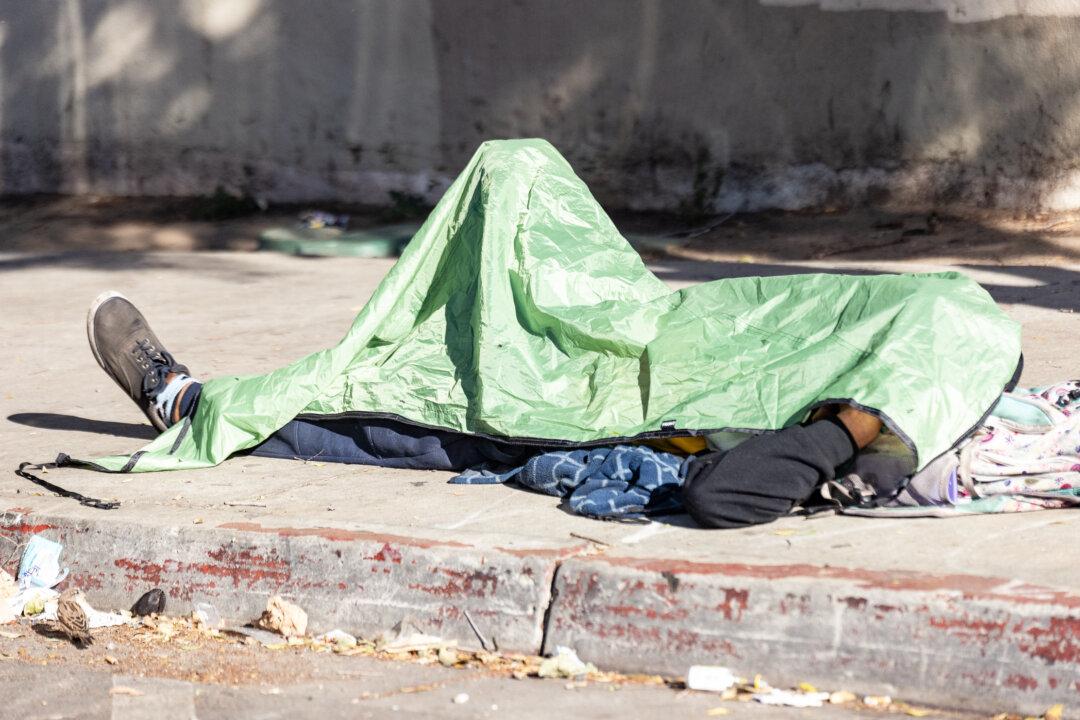SAN DIEGO—The number of people experiencing homelessness in San Diego County in 2024 increased about 3 percent over the previous year, according to data released May 22 from January’s Point-in-Time Count.
The count, conducted by more than 1,700 volunteers across San Diego County through the Regional Task Force on Homelessness (RTFH), is a one-day snapshot of the minimum number of people experiencing homelessness throughout the region.





